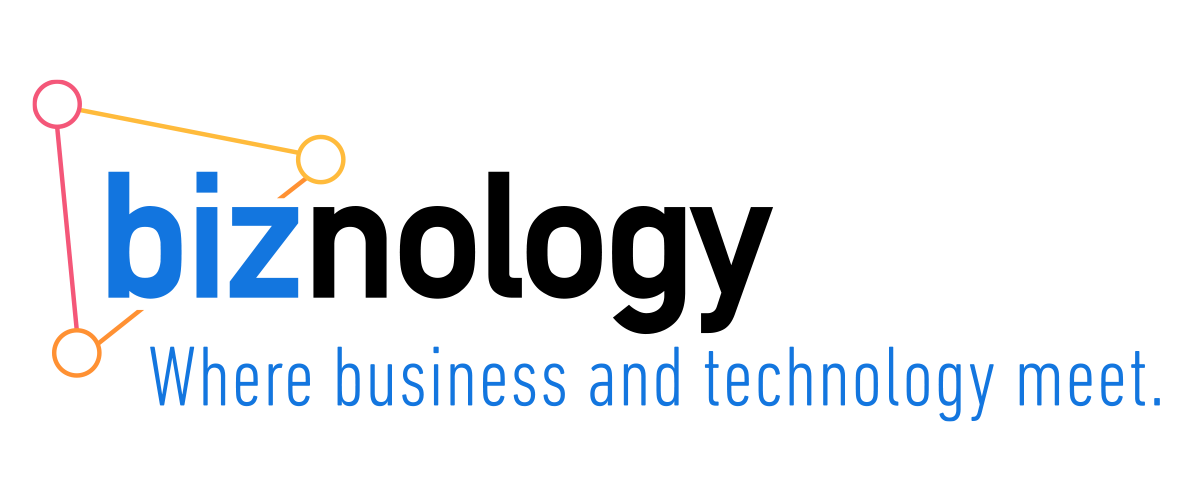At the end of April, the NBA fined Orlando Magic star Dwight Howard $35,000 for criticizing league officials on his blog. In the first NBA season where players, coaches and other team personnel involved in the game were bound to a social media policy, it’s a bit ironic that, despite the fine, the offending post is still there for all to see. Considering that Howard is set to earn over 15 million this season, the penalty for infringing the rules does not feel like a potent deterrent to prevent social media misbehavior. Furthermore, were his words bad enough to deserve punishment, or was that just a case where the policy has not caught up with the evolution of employee communication channels? The bottom line is that defining and enforcing Social Computing Guidelines may be tougher than you think.

Image by Keith Allison via Flickr
But the self-proclaimed Superman is not alone. The Bleacher Report just published a good summary of “The NBA’s Most Controversial Tweets and Blog Posts of the Last Two Seasons”. Mark Cuban, owner of the Dallas Mavericks, summarizes it well: “can’t say no one makes money from twitter now. the NBA does”. And poor Brandon Jennings even got fined for a positive tweet! So, if you are in the process of defining the social media policy for your company, where should you draw the line between what’s okay and what’s not?
Many companies base their first set of social media policy on existing guidelines from early adopters such as IBM or Wells Fargo. The major issue here is that one size does not fit all in the social computing guidelines arena. For example, financial institutions and government agencies tend to be much more heavily regulated than technology companies, and may want to keep stricter policies and controls. Other industries, such as Media and Entertainment, may not fare as well under tight rules.
In a perfect world, your guidelines should only restrain what is clearly wrong, and would look like this (where green represents the things that are OK and red represents what is off-limits):

But this is not a perfect world. Having very specific guidelines is not practical given the pace of change in tools and technology in this space. Moreover, having tons of rules make it difficult for people to remember them. This is probably a more accurate visualization of the collective perception your employees have on what’s acceptable in social media behavior within the enterprise (yellow and orange here represent the blurred boundaries):

In other words, they know that some things are OK and others are not, but they are likely to have different opinions on specific cases. Because of this uncertainty, many companies tend to be over-conservative and set very strict guidelines, following the principle of “better safe than sorry”:

Such a limiting approach tend to scare people off and suffocate the effective use of social media for business purposes. When defining your social guidelines, you should try to get as close as possible to having simple, easy to understand, easy to memorize rules that keep you safely far from the “red” zone but still give your employees lots of latitude to explore:

Naturally, this is more easily said than done, so you may want to follow a phased approach instead, where you don’t even try to get the guidelines right the first time, but keep updating them as you grow comfortable with the use of social media within your company:

Hopefully, in a few years, the use of social media in the enterprise will be a common place, and all those policies will be incorporated to your overall Business Conduct Guidelines. Until we get there though, more specific guidance is required, and I urge you to get the word out as soon as you can possibly can.

![Reblog this post [with Zemanta]](http://img.zemanta.com/reblog_e.png?x-id=39fc019c-9171-4d49-bb88-8168d1d18b50)




